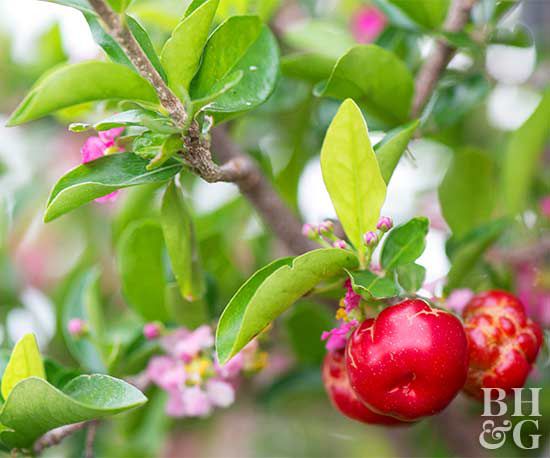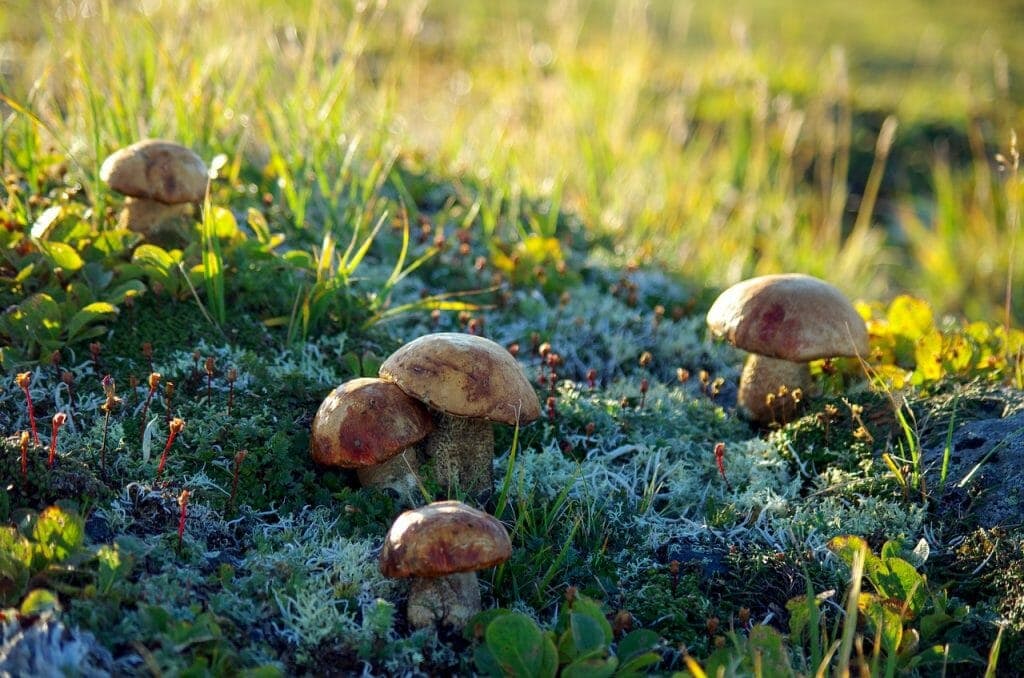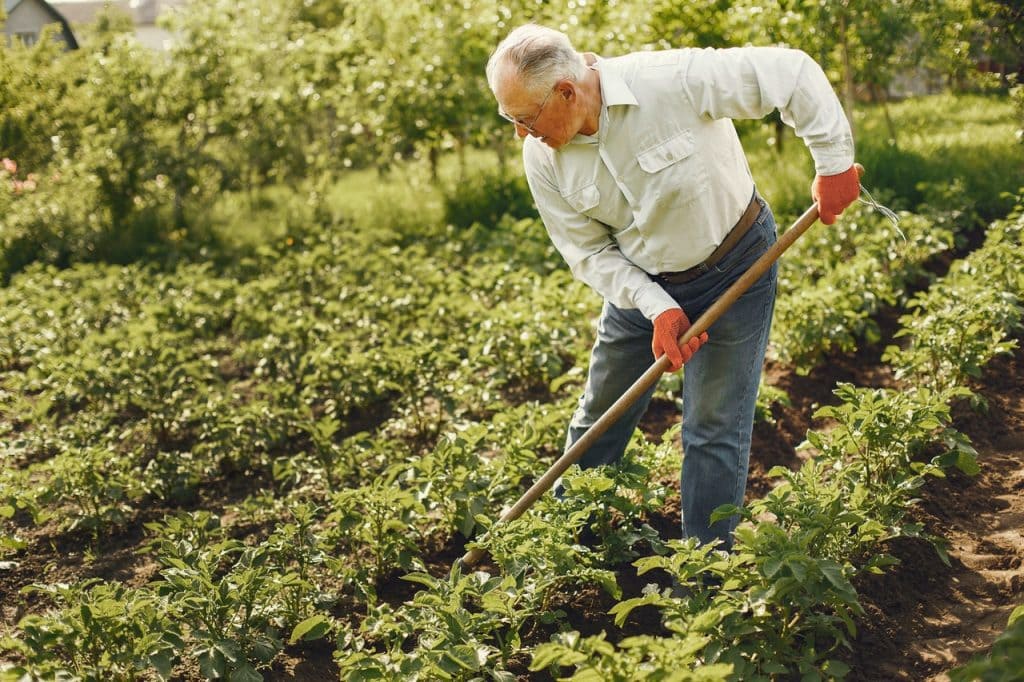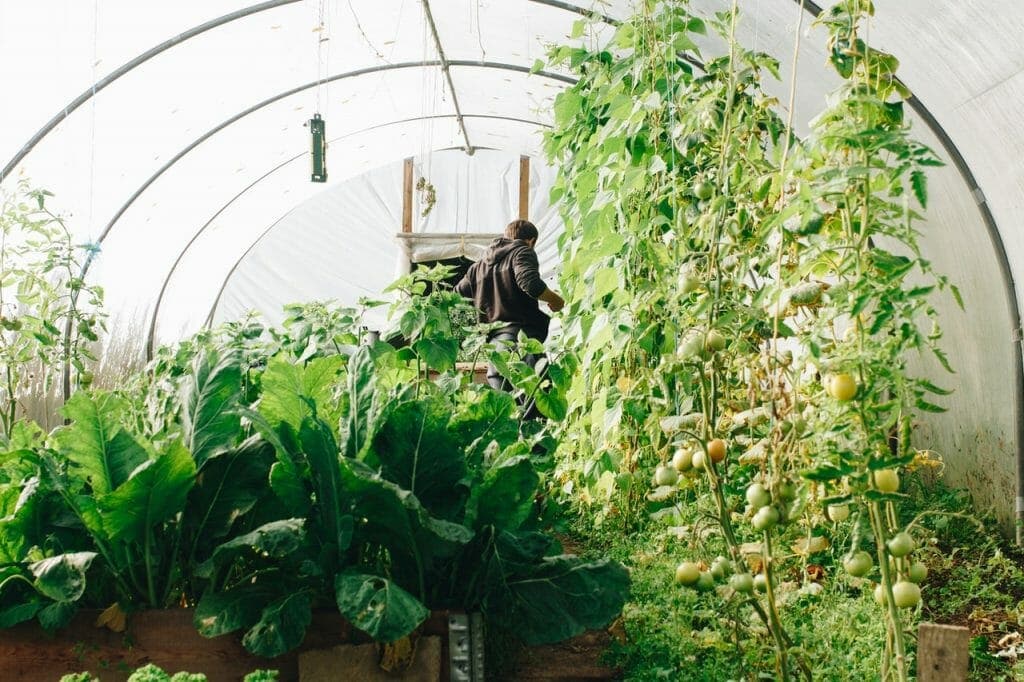Written by Deb Wiley and published on https://www.bhg.com/.
One distinguishing feature among many of these crop-yielding plots is their location. Many times, people till up plots of dirt hidden away from the front lawn. Although pleasant to look at during harvest time, vegetable gardens often defer to flowering ones when it comes to prominence and appearance.
Not so with edible landscaping. Edible landscaping is the great equalizer of the gardening world. Tomatoes, arugula, squash and their other vegetable brethren are no longer planted away from the gaze of passersby. They now find new homes nestled beside showstoppers like roses, marigolds and violets. Proudly displayed flowers no longer escape harvesting either, with edible varieties added to salads, sandwiches and even ice creams.
Design an Edible Landscape
It used to be that gardeners separated their edible plants—fruits, vegetables, and herbs—from the other plants in their landscape. But follow the principles of making an edible landscape, and you can use them as a visual garden treat.
If you already grow plants in your yard, it will probably be easy to incorporate vegetables, fruits, and herbs into your existing beds to make an edible landscape. Besides providing tasty produce, many edibles are gorgeous and will beautify your landscape.
To design an edible landscape, first take stock of your yard. Look for lackluster plants you can replace with varieties that have edible features. Blueberries, with their spring flowers, tasty fruits, and exceptional fall color, make great hedge plants.
Also consider growing fruit or nut trees. Locate them away from driveways, patios, decks, and walkways so the inevitable fruit and nut drop doesn’t cause a mess. If you’re lacking space, check out new columnar varieties that grow taller than they are wide.
Most edibles perform best in locations that receive six to eight hours of full sun each day. Cool-season plants, such as lettuce, spinach, radishes, and cabbage, tolerate some shade. But lettuces and small cabbages, in particular, can make for nice edging plants.
Garden structures such as obelisks and trellises add interest to your landscape while supporting edibles.
Finally, remember that you don’t need to grow edibles in straight, boring rows. Plant in graphic, pleasing patterns, leaving enough space between plants to avoid overcrowding but close enough to create a dense appearance and shade out weeds. (If you’re concerned about spacing, you can check the plant tag to find advice specific to what you’re planting.)
If you’re growing edibles among your other landscape plants, you’ll want them to have neat and tidy growing habits, minimal pest problems, and bountiful production. Try these for front-yard-worthy performance:
Vegetables

- Artichoke
- Beans
- Beet
- Broccoli
- Carrot
- Hot pepper
- Kale
- Kohlrabi
- Leek
- Lettuce
- Onion
- Peas
- Radish
- Rhubarb
- Sweet pepper
- Swiss chard
- Tomatillo
Fruits

- Apple
- Blueberry
- Cherry
- Grape
- Kiwi
- Peach
- Pear
- Plum
- Strawberry
Herbs
- Basil
- Chive
- Lavender
- Lemon verbena
- Lemon balm
- Oregano
- Parsley
- Rosemary
- Sage
- Thyme
Challenges in Edible Landscapes
The biggest challenges to an edible landscape are the light conditions and critters such as deer and rabbits. The best way to manage deer is with netting or a fence at least 8 feet tall—impossible to do in most front yards. Repellent sprays can be effective if gardeners make frequent applications and change formulations so deer don’t become accustomed to them. To keep rabbits out, enclose gardens with a 3-foot-tall chicken wire fence that has 1-1/2-inch mesh (and burry at least a few inches below the soil to deter rabbits from getting into your garden).
Dogs also can be effective deterrents.
At the beginning of every growing season, walk through your landscape to note how the evolving growing conditions are meeting the needs of your fruits, vegetables, and herbs. Look for changing sun-shade patterns, low-water areas, poorly drained spots, crowded garden beds that need to be expanded, and plants that need dividing. Don’t expect vegetables to grow well in the dry areas under your home’s eaves or near trees where their roots will compete for water.
Many edible plants can be susceptible to disease problems, so keep an eye on them and treat any issues as they pop up. Removing diseased foliage is one of the best things you can do to keep diseases from spreading wildly.
Original post here https://www.bhg.com/gardening/vegetable/vegetables/make-an-edible-landscape/.



